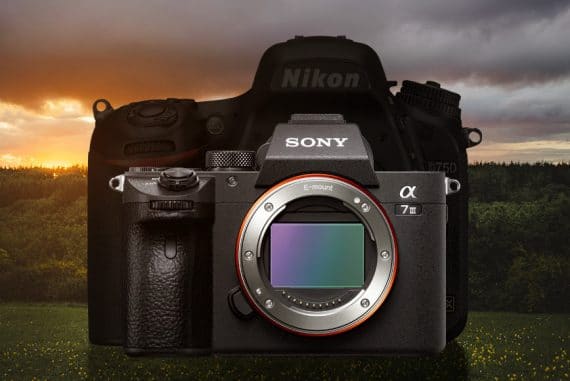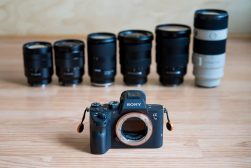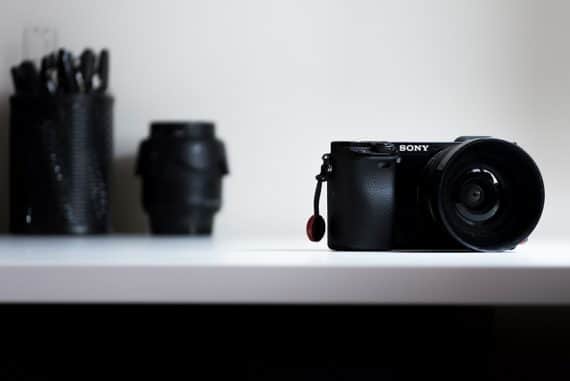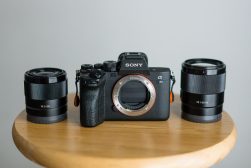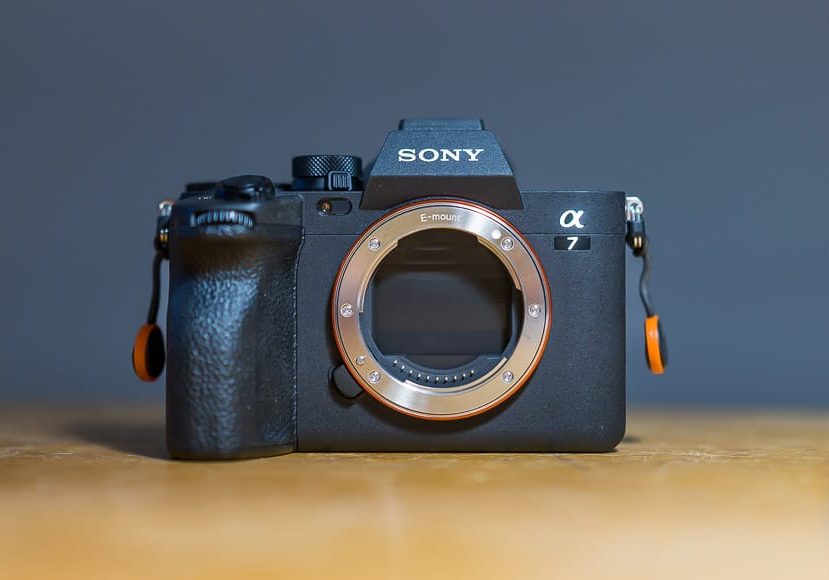
Sony a7IV Review: Is It Worth The Upgrade?
The Sony A7IV is the long-awaited upgrade to one of the best mirrorless cameras ever made. Find out in our real-world review if it's worth the extra money.
Camera Reviews | Photography Gear Reviews | Sony Camera Reviews | By Marc Bergreen | Last Updated: February 14, 2024
Today I’m reviewing the Sony A7IV and I have to say, I’m a fan. Even my more sceptical and frugal wife/business partner is a fan. Reader beware that if Sony keeps making killer improvements on each generation you might find yourself unable to resist an upgrade.
At times during the review, I will compare this camera to the Sony A7III, one of the most popular cameras Sony ever made. That might help if you’re deciding whether or not to upgrade but the facts of the case will still be clear if you’re unfamiliar with the A7III.
The Sony A7IV solves some of the pain points we had shooting a lot with the previous generation, which we happened to mostly love but has its quirks. It’s as though Sony was listening to us at the end of every shoot and addressing our needs.
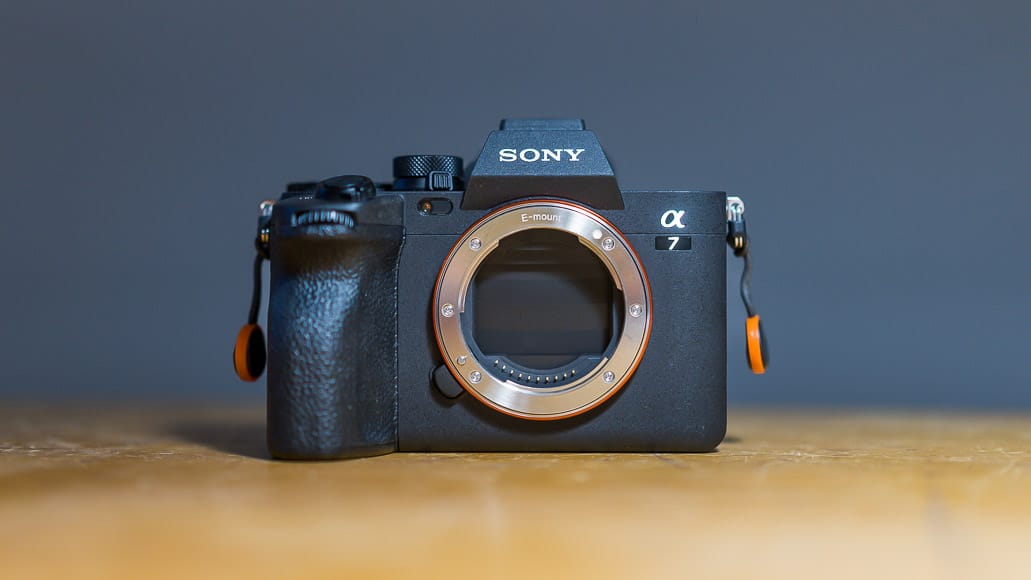
Worthy upgrade to an already amazing camera. Highly customizable, better ergonomics, dedicated video features, higher resolution sensor and now with a flip out screen.
This camera is even more customizable than ever, making it especially good for hybrid shooters. We also get the benefits of features passed down from the top of the line Sony A1 mirrorless camera.
Less specialized than the Sony A1, Sony A7RIV, and the Sony A7SIII, the Sony A7IV is great for the all-around shooter who wants a nice blend of features that will capture almost any type of photography with good results.
Check out my Sony a7IV review below and see if you’re as smitten as I am.
You should also read which lenses I use with the Sony a7IV.
Sony A7IV Specs
- High Resolution 33mp Sensor
- Improved Ergonomics
- Photo/Video Mode Selector
- Excellent Autofocus
- Very Customizable
- Compact / Lightweight
- Flip out LCD screen
- 4k 60fps Video has 1.5x Crop
- Low back screen resolution
- More expensive than previous versions
- Sensor: 33MP Full-Frame CMOS Sensor
- Focusing: Autofocus system with 759 phase-detect and 425 contrast points
- FPS: Up to 10 fps mechanical
- Viewfinder: 3.68M-dot OLED viewfinder
- Screen: 1.0M-dot tilting touch LCD
- 2 Memory card slots: Slot 1: CF-express Type A/SD Slot 2: SD (UHS-II)
- 4K video: 4K60 10-Bit 4.2.2 Internal Video
- Wireless: Wi-Fi & Bluetooth
- Weight: 1.4 lb / 658 g
- Dimensions: 5.2 x 3.8 x 3.1″ / 131 x 96 x 80 mm
Build & Appearance

Sony A7IV with shutter closed to block out dust.
One of the great things about Sony cameras is the improvements that are made with each new generation. You’re actually getting something worth talking about when you upgrade. Of course, as I mentioned, that’s not always great for the gear budget.
First off, the Sony A7IV has an improved viewfinder and auto-switch for going from your eye to using the back screen. That way when you want to switch between the two it does it quickly and seamlessly without slowing you down. Sometimes the Sony A7III would glitch and get stuck in one mode or the other.
Another cool feature is the dedicated top record button. The button is near the shutter making it easy to access. The dedicated button is great for users who want to be able to shoot both photo and video seamlessly with this camera.
Speaking of buttons, they’re all very customizable which I’ve always appreciated about Sony. I can set up my camera to be efficient for my needs and habits. The Sony A7IV now has a 4th dial, the old exposure compensation dial, that can be locked or unlocked and used for whatever function you like.
Additionally, this camera has three custom memory settings for the mode dial. These custom memory settings are great when you have a variety of unique lighting situations that you need to move quickly between.
Take a wedding for example where you take the time to figure out your settings for the dance floor but then you still have to go back and shoot speeches, talk about a stress-reducing feature for the professional event photographer!
The Sony A7IV also has a photo/video/S&Q mode selector. S&Q stands for slow and quick and this mode records directly to the memory card as slow motion or time-lapse.
Additionally, you can customize the settings so that your photo and video settings will be completely different. This allows you to quickly switch modes and keep things like picture profiles separate!
There are few other build features worth mentioning. The SD card door feels robust and the upgraded ports now include usb-c and full-size HDMI. Also, the flip-out screen is more compatible with video shooters and shooting at odd angles, especially low vertical shots.
Overall the build of this camera feels better built than in previous generations, everything is firmer, more tactile, and easier to use.
Ergonomics & Handling
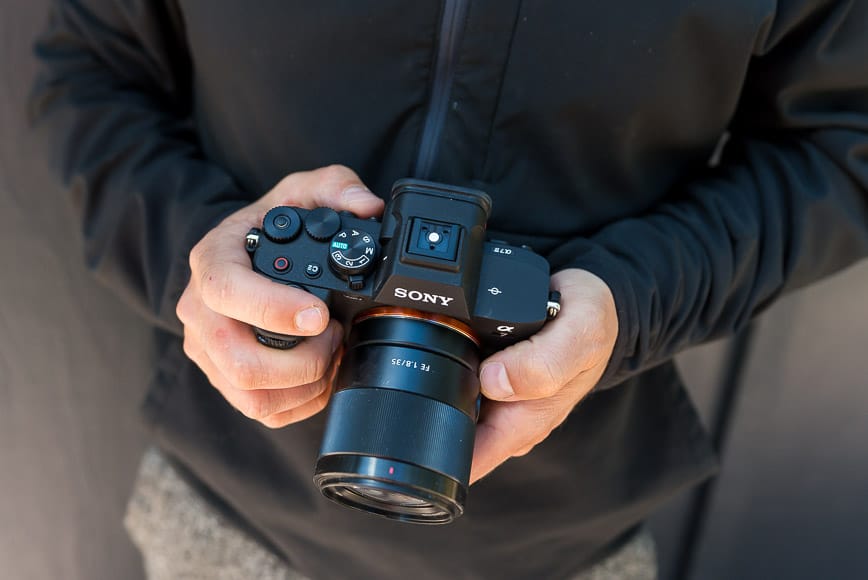
Sony A7IV with Sony 35mm f/1.8 lens attached.
With all improvements mentioned above, this camera handles extremely well. All the functions are easy to reach and access.
The photo/video/S&Q switch combined with the 3 custom settings allows for 9 separate customizable shooting modes which is awesome for hybrid photo/video shooters. Having a 4th customizable dial means having 4 dedicated controls for settings on dials, shutter speed, aperture, iso, and one more.
I used to have ISO set to the control wheel on the back and I was prone to pressing other buttons on that wheel while trying to quickly change ISO. Now, having the dedicated top wheel is nice because I won’t accidentally change other settings like I used to with the control wheel on the back, which is also set to access drive mode, silent shutter, etc.
There’s nothing more frustrating than suddenly shooting in high-speed drive when all you meant to do was change your ISO!
The Sony a7IV is very fast to boot up which reduces the chance of missing a shot if you’re waiting for it to start up. The port doors on the side are much sturdier than previous versions, not floppy like old A7III. And the eyecup has a stronger mount, I’ve lost countless eyecups from the A7III which is another frustrating thing to happen when you’re shooting a lot.
The silent shutter is now on/off with a single press instead of having to select with a menu. This is another crucial thing for event shooters. I frequently use the silent shutter to be less obtrusive but there are times when you need to turn it back on quickly.
Another great feature for people who are shooting a lot is that you now have the option to leave the shutter closed while changing lenses by powering off the camera which leads to less sensor cleaning.
Overall the Sony a7IV feels really solid and comfortable to use – it has all of the functions you need at your fingertips without any frills.
Focus Performance

Sony A7IV + Sony 70-200 f/4 | 1/2000 f4 ISO 200
The Sony A7IV has top of the line focus performance, using the same focus system as the flagship Sony A1.
It has a touch to track autofocus setting, the pinnacle of simplicity and functionality in my opinion. You simply tap on a subject and it keeps it in focus. I really appreciate this simple and very effective way to focus especially when shooting video of moving subjects. And on that subject, the eye/face autofocus tracking now works very well for video.
This camera also focuses extremely well in low light situations. I’ll dive deeper into the low light performance in the next section since it was something that stood out to me.
The new processor makes up to 120 focus calculations per second which is much more than needed since the camera only shoots 10 frames per second but gives you an idea of how good the tracking system is.
For the intended user, this camera is exceptional. It’s not a sports dedicated camera like the Sony A1 but it is capable in a variety of situations for someone who shoots a variety of subjects.
Low Light Performance
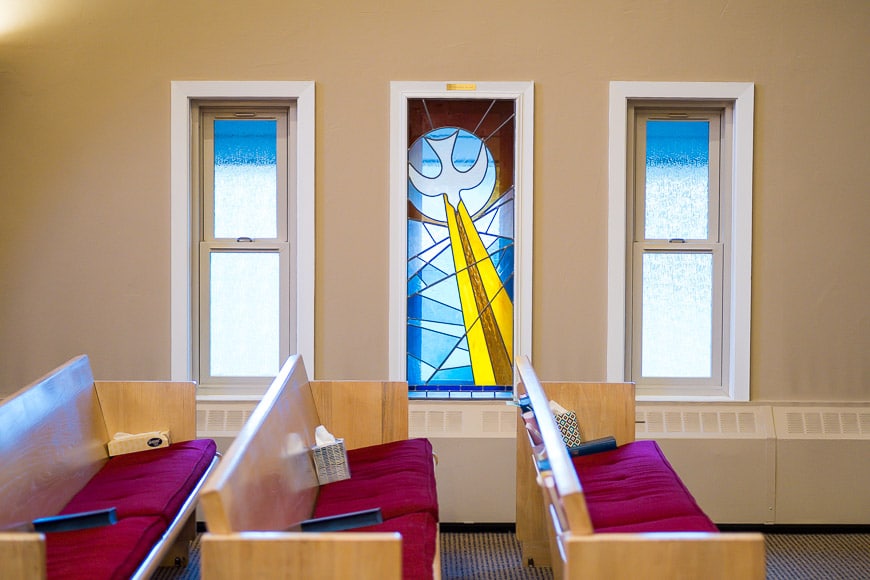
Sony A7IV + Sony 16-35mm f/2.8 | 1/100 f2.8 ISO 3200
As I mentioned previously, the low light performance was another area that impressed me. The old Sony A7III was good at 6400 and ok at 12800. This camera pushes that limit another stop, good at 12800, acceptable at 25600.
This is even more impressive when you consider that they increased the resolution of the sensor from 24 to 33 megapixels. Usually, an increase in resolution leads to decreased low light performance, but not so in this case.
Paired with a fast lens like these ones I recommend for the A7III, this camera can shoot in near darkness with usable images at ISO 25600. This is one of the best performing cameras I’ve used for low light, aside from the Sony A7SIII.
Image Quality

Sony A7IV + Sony 35mm f/1.8 | 1/4000 f2 ISO 100
As expected, the image quality of the Sony Alpha A7IV is excellent. It now offers 33 megapixels which provides almost a 50% increase over the old A7III. This means you can crop in and get more detail out of each image.
I feel like the 33 megapixels of the Sony a7IV is a nice sweet spot because you don’t get massive files that are hard to handle but you still get plenty of resolution for very large prints.
Of course, if you want the highest resolution, you should check out the Sony A7RIV but that camera is sure to fill your hard drives up quickly. The files from the Sony A7IV average around 70 megabytes in uncompressed raw and 35 megabytes in compressed raw.
As someone who shoots tens of thousands of images per year, even the decreasing cost of storage is not enough to convince me to shoot a super high-resolution camera. 33 megapixels seems to be a nice middle ground while still giving a resolution bump over the previous version.
Also, when you use crop sensor lenses on this camera you get 16 megapixels which feels much more usable than the previous 10mp on the old Sony A7III.
Additionally, Sony claims an Impressive 15 stops of dynamic range – this leads to very flexible raw files that can be easily recovered if you over/under expose your images.
As always, I recommend erring on the side of underexposed because shadows are much easier to recover than highlights with modern digital sensors.
Overall, the Sony a7IV is positioned very nicely providing solid resolution that won’t clog my hard drives paired with excellent dynamic range and color.
Sony A7IV Sample Images
Here are some images I’ve taken with the Sony A7IV with various lenses I use.
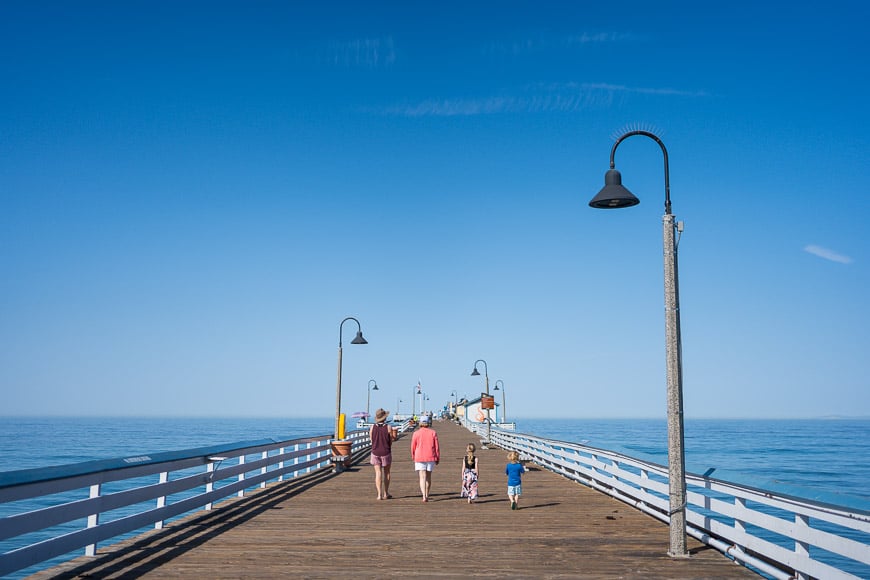
Sony A7IV + Sony 35mm f/1.8 | 1/4000 f2 ISO 100
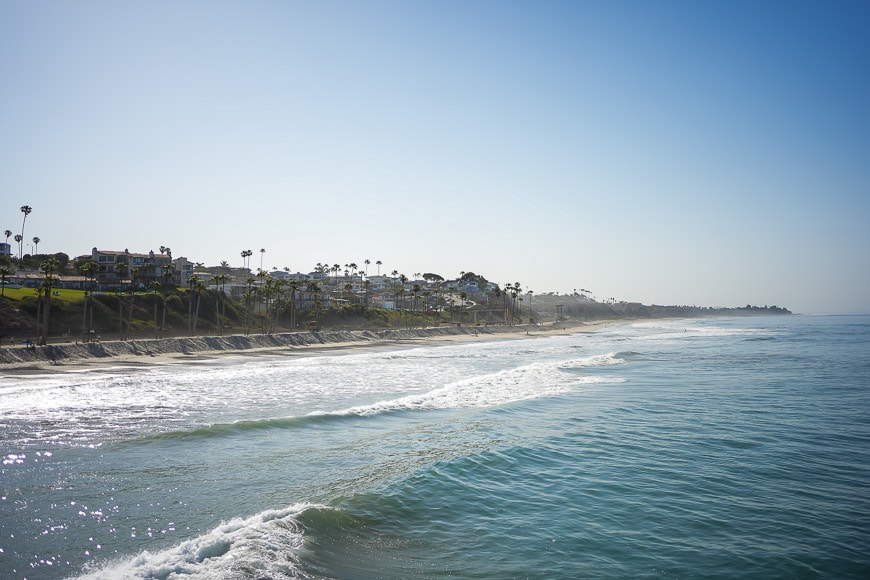
Sony A7IV + Sony 35mm f/1.8 | 1/6400 f2 ISO 100

Sony A7IV + Sony 35mm f/1.8 | 1/8000 f2 ISO 100

Sony A7IV + Sony 35mm f/1.8 | 1/1000 f5 ISO 100
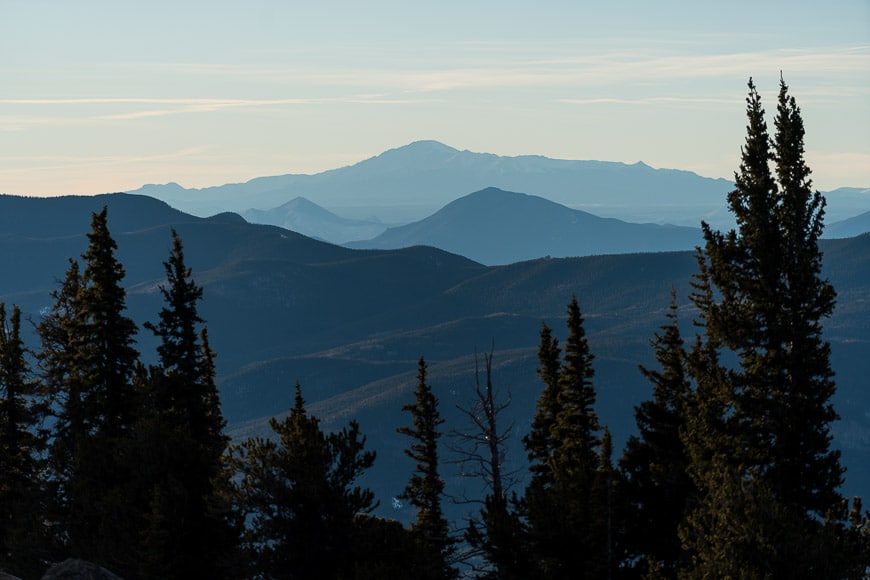
Sony A7IV + Sony 70-200mm f/4 | 1/2000 f4 ISO 200
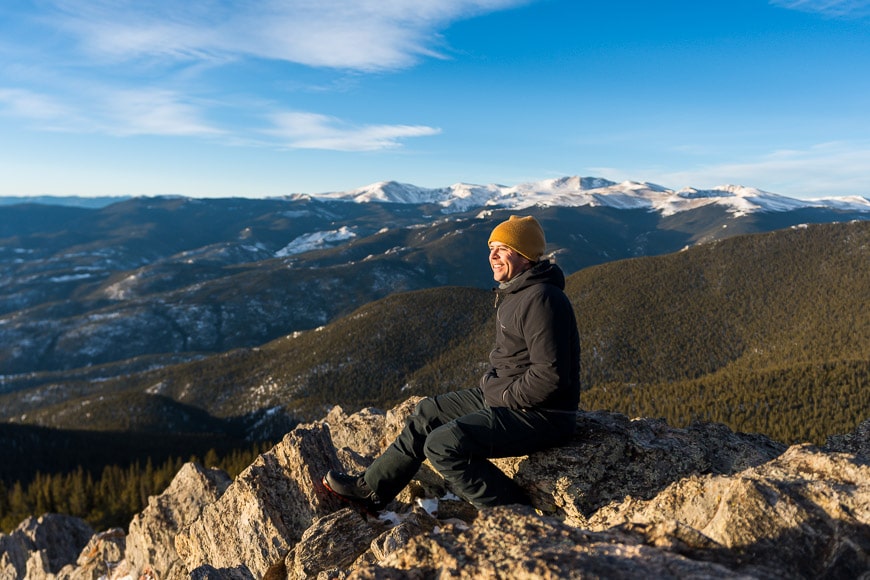
Sony A7IV + Sony 16-35mm f/2.8 | 1/2000 f2.8 ISO 100

Sony A7IV + Sony 16-35mm f/2.8 | 1/4000 f2.8 ISO 200
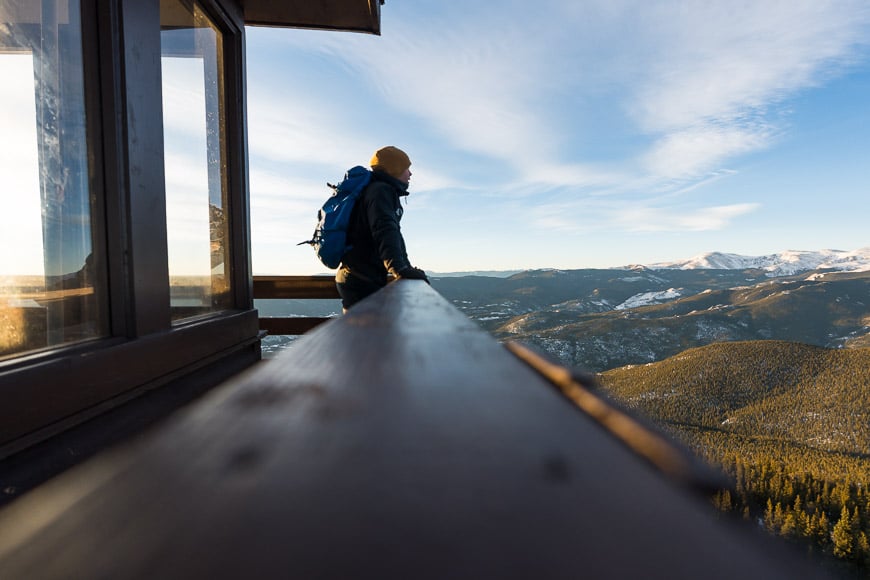
Sony A7IV + Sony 16-35mm f/2.8 | 1/1000 f2.8 ISO 100
Overall Performance
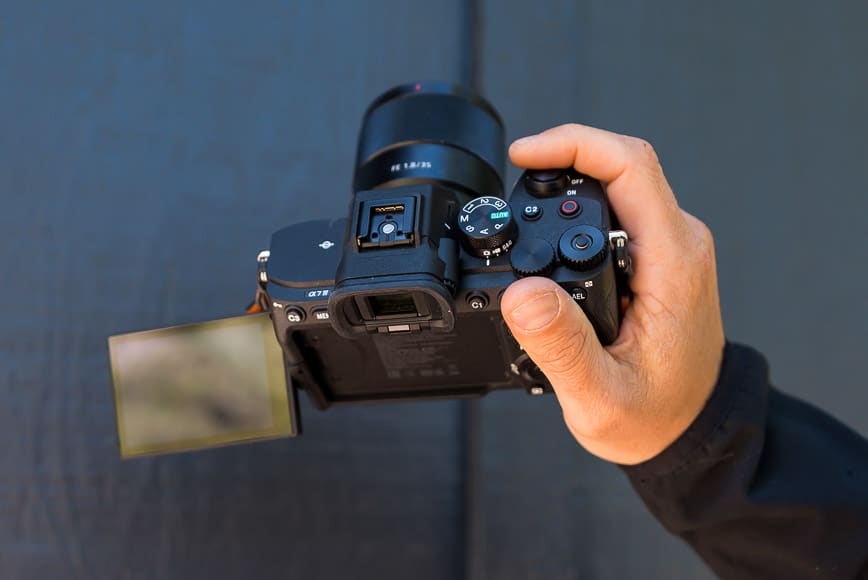
Sony A7IV with Sony 35mm f/1.8 and flip-out screen.
Because it gets many of the trickle-down features from higher-level cameras like the Sony A1, this camera performs beautifully. Amazingly, the Sony A7IV still gets good battery life even with big performance improvements and larger resolution.
There are many improvements in video features like improved color science. In terms of video, one big upgrade is the addition of 10-bit color. This may not sound like much but it gives a much better-looking image with over 1 Billion possible colors (10b bit) vs 17 million possible colors (8 bit).
The improvement in color science will allow the Sony A7IV to easily match the colors of other recent Sony mirrorless cameras and give the editor more latitude in color grading the footage.
The Sony a7IV now shoots in 4k 60fps although it does crop-in substantially on the sensor (1.5x) so expect to use a wider lens to get a similar equivalent focal length. This is a big drawback for some people who were expecting a big jump forward on video specs.
If you want the best video features, including uncropped 4k video up to 120 fps, I recommend you look at the Sony A7SIII.
Overall this is an impressive camera with many improvements in autofocus, resolution, ergonomics, etc.
Other Useful Features
Another big improvement is the menu system, it is much better organized so that you can easily find what you’re looking for. It also now has a fully responsive touch screen. The old menu system on Sony cameras was a big sticking point for people because it was so disorganized and chaotic but this one feels much better.
There are a ton of custom features in the menu system such as “close shutter on power off” to reduce dirt on the sensor, shock-less white balance, and animal eye autofocus.
I highly recommend digging through the menu to learn all the features – there are some cool things to customize and really useful options once you dig in.
It can be a big undertaking to get all the custom functions programmed just the way you like them but once you’re done you can easily transfer the settings if you have multiple camera bodies.
I love that Sony is listening to their customers and working the quirks out of each camera model so that we can enjoy the process of creating instead of fumbling with equipment.
Alternatives to the Sony a7IV
There are a lot of mirrorless cameras on the market today but I think the Sony A7IV is the best all-around choice. It is comparable to the Canon R6 and the Nikon Z6II. Both of those cameras are cheaper and offer some cool features.
The Canon R6 offers slightly better video specs but at the cost of only offering a 20mp sensor resolution.
The Nikon Z6II offers some of the same features but sacrifices many of the video features.
In summary, I love the Sony because I think it is leading the market in terms of price and features but many photographers are likely to stick with whatever system they are comfortable with.
One last option would be to get the older generation, the Sony A7III. You’ll be sacrificing some of the upgraded features the latest generation offers but it would save some money, especially if you buy used.
If you want to see a more detailed comparison of the Sony a7III vs Sony a7IV, check out my video below:
Value for Money
The Sony A7IV costs around $2,500 which is excellent value for what you’re getting. It’s a definitive upgrade from previous versions, which makes reading reviews like this a bit dangerous – when the new version actually offers a lot, it makes you want to buy new gear!
I find the Sony Alpha a7IV to be a very capable camera for the price point as it inherits many features from the $6,500 Sony A1.
It is slightly more expensive than other cameras in its class such as Canon R6 and Nikon Z6II. However, Sony has a lot of less expensive high-quality lenses and a ton of third-party options (Samyang, Sigma, Tokina) that make it an overall better value as a system.
Once you’re invested in lenses for a particular camera mount (Sony, Nikon, Canon, etc), it is usually most affordable to simply upgrade your camera body every few years to stay current.
Sony Alpha 7 iv FAQ’S
Is Sony a7IV a professional camera?
Yes, Sony a7IV is a full-frame mirrorless professional camera. Although it’s expensive, it’s totally worth the price.
How to close the shutter on Sony a7IV?
The Sony a7 4 camera comes with a “close shutter when power off” function. To activate this feature, check out the following steps.
Press MENU > Setup > Setup Option > Anti-dust Function > Shutter When Pwr OFF. Turning this function on means that the shutter will close when you switch off your camera.
Is the Sony a7IV worth it?
Sony a7m4 might be more expensive than other cameras in the same category. However, Sony’s lenses are much more affordable than other brands. Moreover, this camera is compatible with a ton of third-party lens options.
Sony a7 iv Review | Conclusion
The Sony A7IV is an awesome camera with excellent specs for the price. The new autofocus, ergonomics, and sensor make this camera a welcome upgrade to the Sony A7III.
(Even my wife and business partner who makes me prove why we need new gear was salivating over this one!)
I’ll definitely be keeping this camera and likely holding onto the Sony A7III as my backup camera.
If you’re in the market for a workhorse mirrorless camera that can handle many different types of photography, I highly recommend checking out the Sony A7IV.

Worthy upgrade to an already amazing camera. Highly customizable, better ergonomics, dedicated video features, higher resolution sensor and now with a flip out screen.





